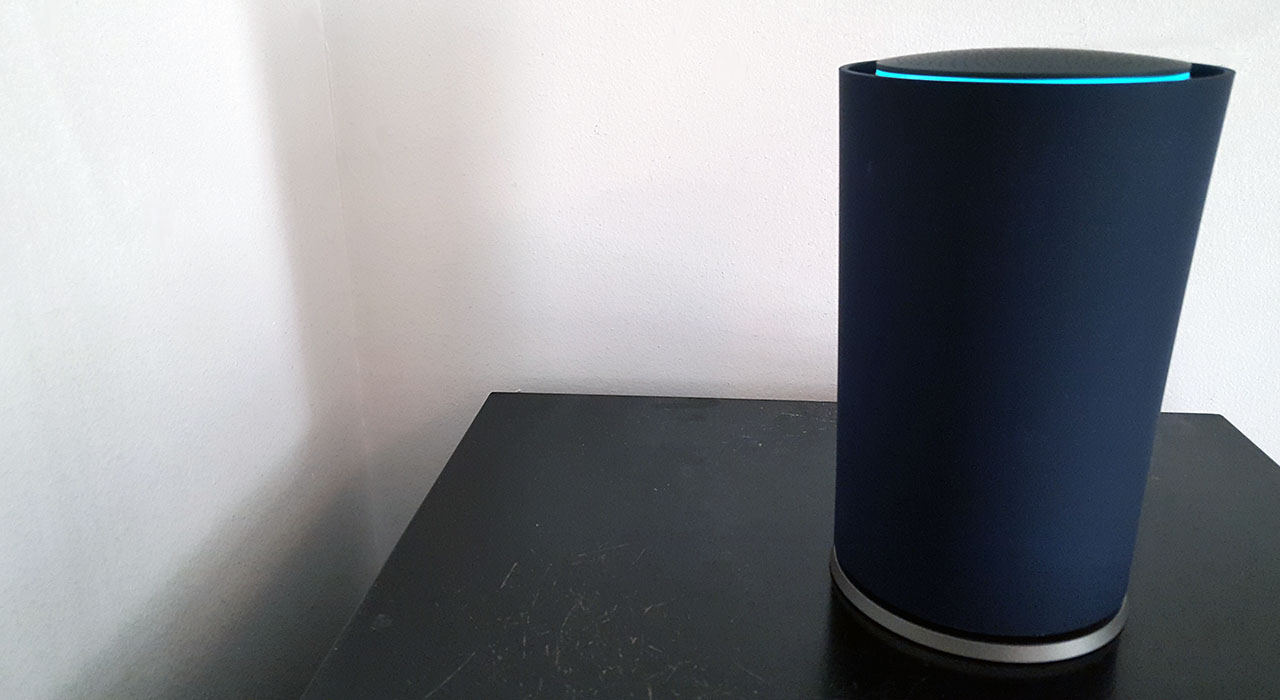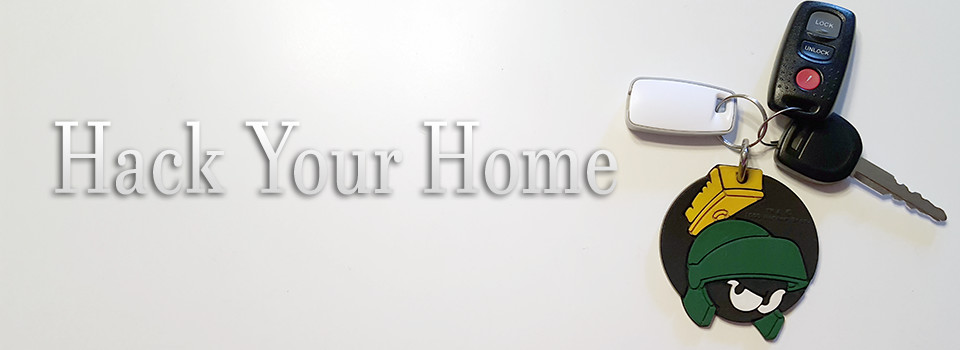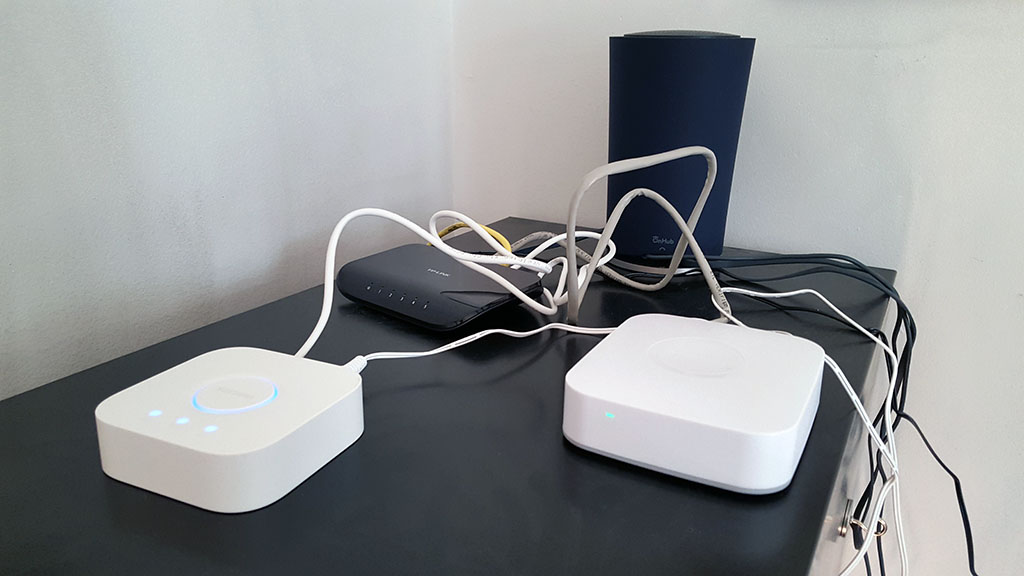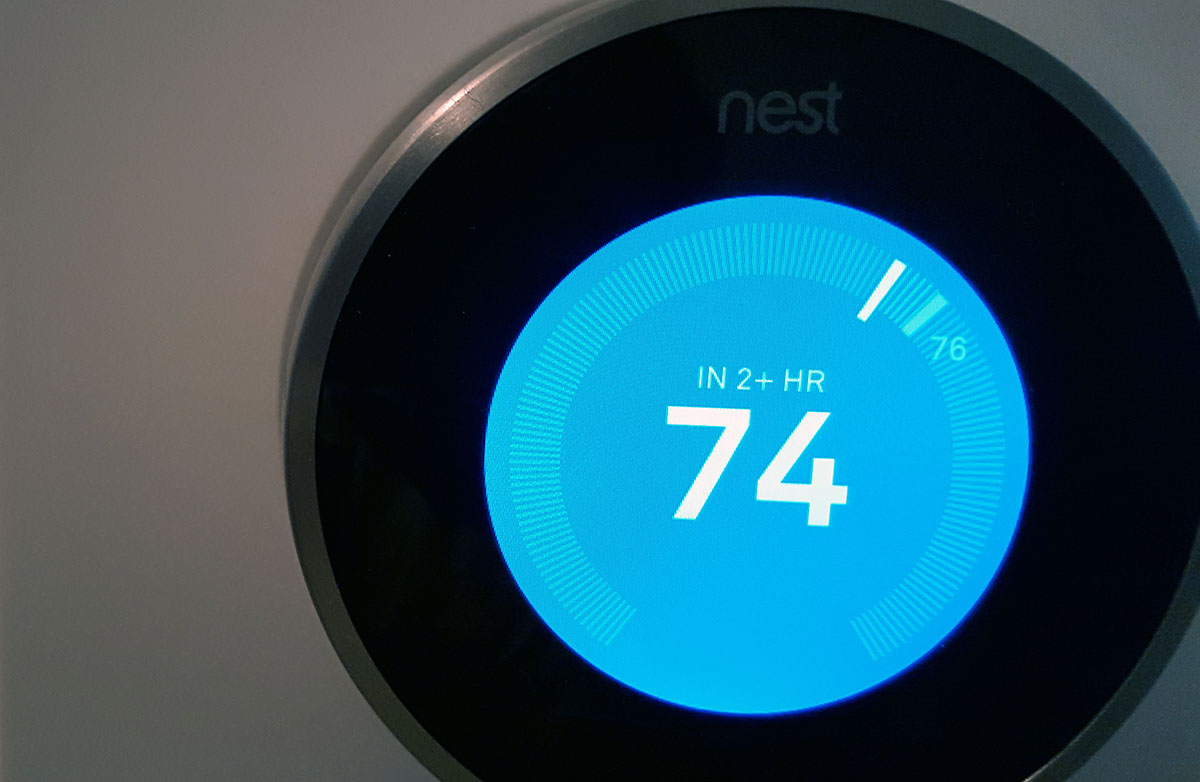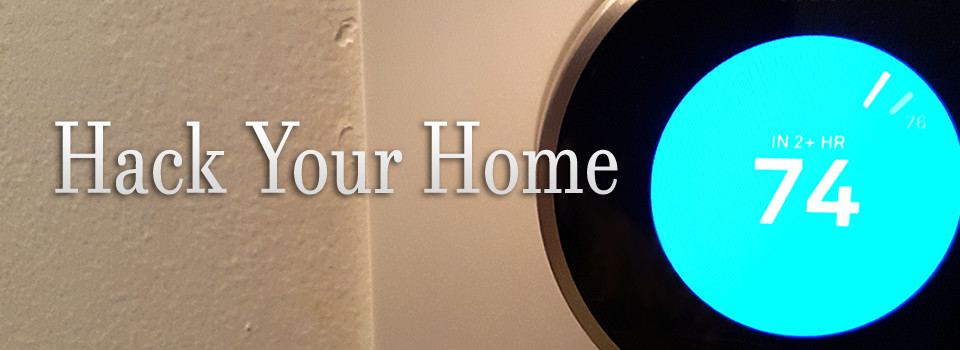Google is known for many things, including being wildly successful and a major cultural impact. But its path is also littered by the skeletal remains of failed projects. Search, Maps, GMail, Chrome, Android, and some of the Nexus devices—not to mention its acquisition of the ubiquitous YouTube, as well as a successful set of hardware […]
OnHub: Google’s Newest Miss/Hit?
